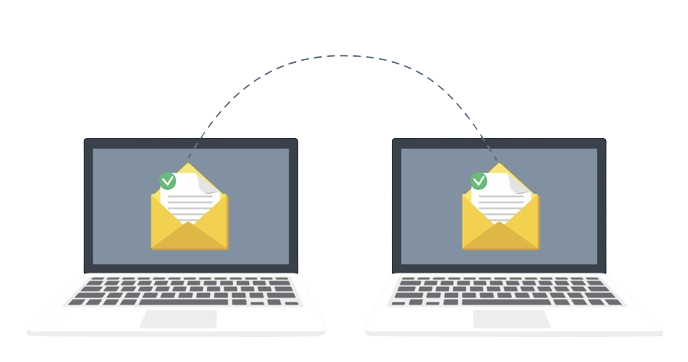Unlocking the Power of Email Migration
Email migration is an essential process for businesses looking to upgrade their email systems, improve functionality, and enhance overall productivity. Unlocking the power of email migration involves understanding the process, choosing the right tools, and executing a well-planned migration strategy. This guide provides insights into the benefits, challenges, and best practices of email migration.
Unlocking the Power of Email Migration
Understanding Email Migration
What is Email Migration?
Email migration is the process of moving email data from one email system to another. This can include emails, calendars, contacts, and other relevant data. Common scenarios for email migration include switching email providers, consolidating email accounts, or moving to a cloud-based email service.
Why is Email Migration Important?
Email migration is crucial for several reasons:
- Upgrading Systems: Access advanced features and improved security.
- Improving Performance: Benefit from faster and more reliable email services.
- Cloud Transition: Leverage the scalability and accessibility of cloud-based email solutions.
- Consolidation: Simplify management by combining multiple email accounts into one system.
Benefits of Email Migration
Enhanced Security
Modern email systems offer improved security features, such as advanced encryption, spam filtering, and multi-factor authentication, which protect against threats and unauthorized access.
Increased Efficiency
Migrating to a new email system can streamline communication and collaboration: New features and integrations with other business tools can enhance productivity.
Cost Savings
Cloud-based email services often reduce costs associated with maintaining on-premises infrastructure. They also offer scalable pricing models that can adapt to your business needs.
Better User Experience
Newer email platforms provide a more intuitive and user-friendly interface, improving overall user satisfaction and reducing the learning curve.
Preparing for Email Migration
Assess Your Current Environment
Evaluate your current email setup:
- Inventory: List all email accounts, mailboxes, and associated data.
- Data Volume: Estimate the amount of data to be migrated.
- Dependencies: Identify any integrations or dependencies with other systems.
Choose the Right Migration Tool
Select a migration tool that fits your needs:
- Compatibility: Ensure it supports both your current and target email systems.
- Scalability: Choose a tool that can handle your data volume.
- Ease of Use: Opt for user-friendly tools with good support and documentation.
Popular tools include BitTitan MigrationWiz and Microsoft Data Migration Service.
Plan the Migration Process
Create a detailed migration plan:
- Timeline: Set a realistic schedule with key milestones.
- Responsibilities: Assign tasks to team members.
- Communication: Keep all stakeholders informed about the migration process.
Executing the Migration
Backup Your Data
Ensure all data is backed up before starting the migration. This safeguard allows you to restore data if any issues arise during the process.

Test the Migration
Conduct a pilot migration:
- Small Scale: Migrate a small subset of data to identify potential issues.
- Functionality Check: Ensure all features work correctly in the new environment.
Monitor the Process
Keep an eye on the migration progress:
- Real-time Monitoring: Use tools to monitor the migration in real time.
- Troubleshoot Issues: Address any issues immediately to prevent delays.
Post-Migration Steps
Verify Data Integrity
Check that all data has been accurately migrated:
- Review Mailboxes: Ensure emails, attachments, contacts, and calendars are intact.
- Functional Testing: Confirm the new email system functions as expected.
Update DNS Settings
Update your DNS settings to point to the new email servers: This step is crucial to ensure email delivery to the new system.
Inform Users
Notify users about the migration:
- Instructions: Provide necessary instructions or training.
- Support: Offer support to address any user concerns or issues.
External Links
Internal Link
- Contact NABCO IT – For professional assistance with your email migration, reach out to NABCO IT.
Conclusion
Unlocking the power of migration involves understanding the process, selecting the right tools, and carefully planning and executing the migration. By following the steps and best practices outlined in this guide, you can ensure a smooth and successful migration, enhancing your business’s communication and productivity. For expert support and services, contact NABCO IT, your trusted partner in email migration.
This comprehensive guide provides essential insights into the benefits, challenges, and best practices of email migration, ensuring a smooth transition to your new email system. For additional support and professional assistance, reach out to NABCO IT.



